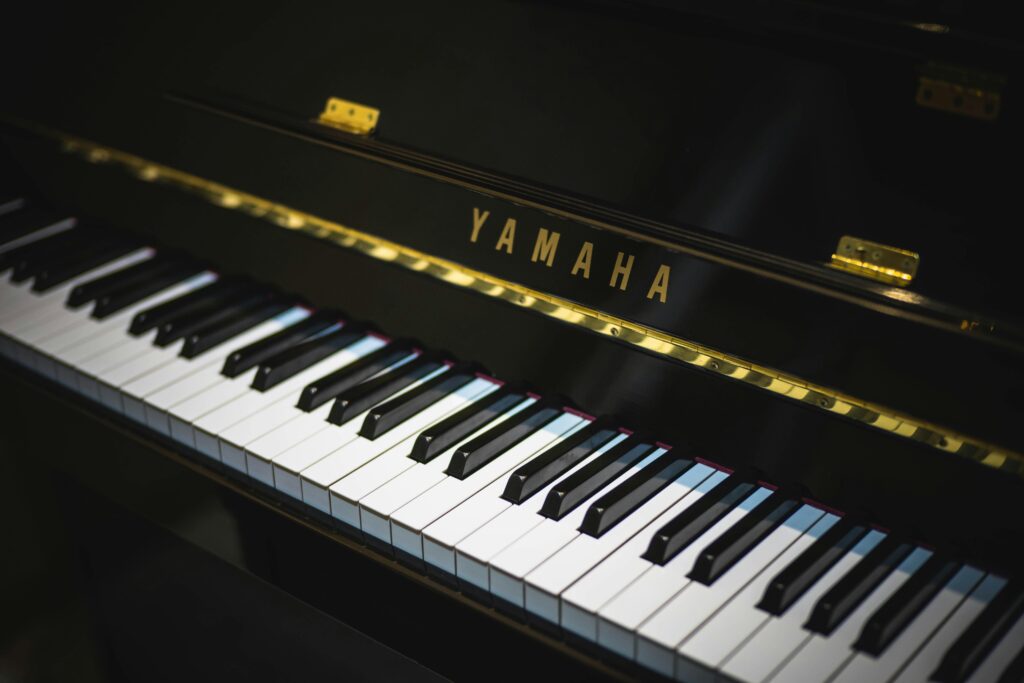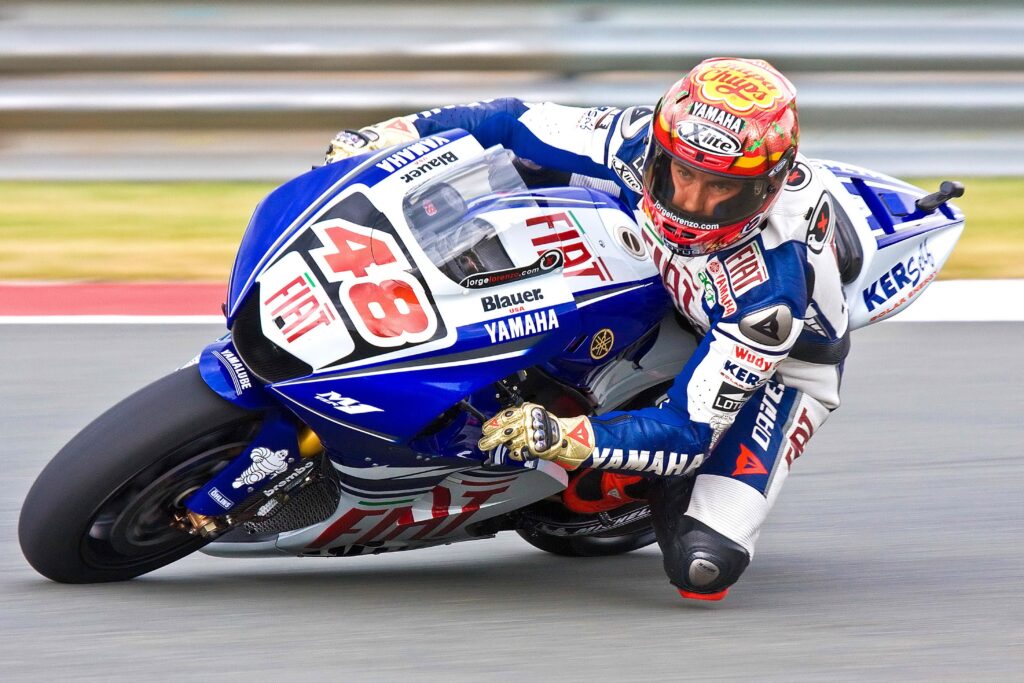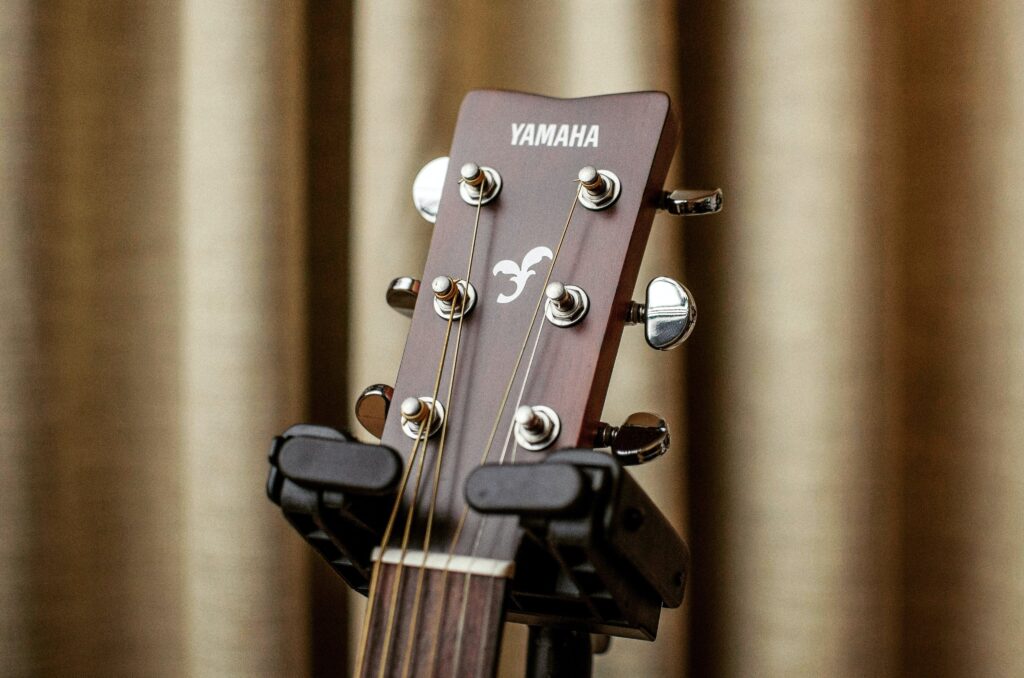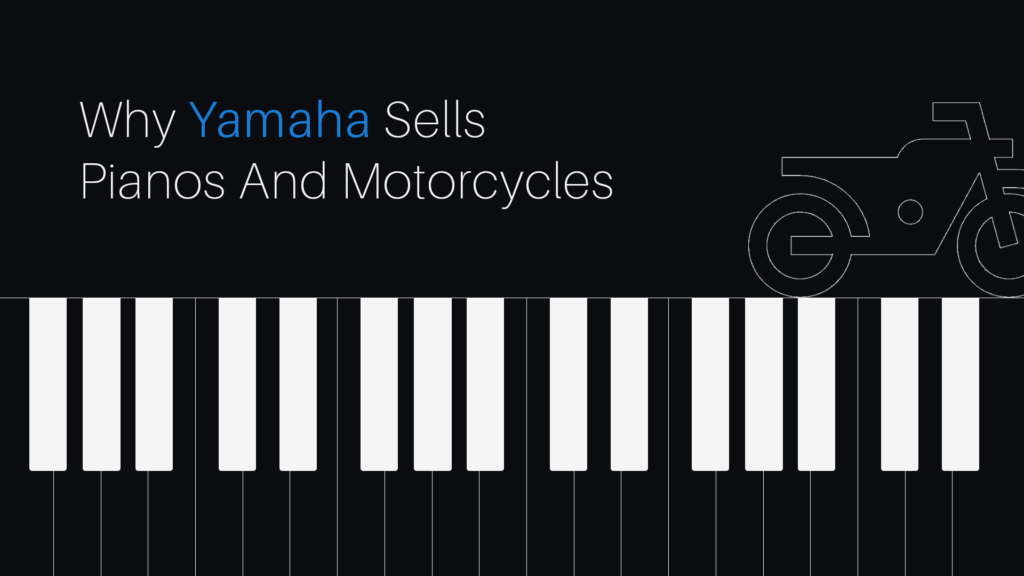Have you ever wondered why the famed Japanese musical instrument maker Yamaha started selling both pianos and motorcycles?
If you’re a fan of either their pianos or their motorcycles, this question has probably crossed your mind more than once. You might have even seen the Yamaha name on other products like tennis rackets, boat engines, and golf carts.
Yamaha’s seemingly random product portfolio of musical instruments, recreational equipment, and mobility products are actually more related than you think. But before diving into why the company started making motorcycles, we first have to set the context and explore how the company started out in the late 1800s.
The Yamaha Corporation initially started out as the Nippon Gakki Co., Ltd., founded by Torakusu Yamaha in 1897. It initially produced reed organs before expanding its product line to include upright pianos, guitars, and other musical instruments.
However, this musical instrument-focused product portfolio soon posed a problem for the company.
Yamaha’s Need To Venture And Diversify

During the post-war recovery of Japan, Yamaha identified a potential shortage of wood resources. This would severely impact their operations because their main products were primarily made of wood. Thus, the company had to find a new avenue of growth quickly in case its main musical instrument business was severely impacted by wood resource shortages.
Then Yamaha President Genichi Kawakami bet that motorcycles could provide the company with that new avenue of growth they were looking for – a business opportunity that wouldn’t be affected by a wood supply shortage.
In the early 1950s, Kawakami issued a directive for the company to develop prototype motorcycle engines that they would later make into a full product.
However, during that time, there were already over 200 motorcycle manufacturers in Japan. Despite being the late-comer, Yamaha pushed on for their organization’s survival. Kawakami was fully convinced that motorcycles would be the company’s next growth driver after nearly a century of making musical instruments.
During the development of their prototype motorcycles, Yamaha used manufacturing techniques they used in their core musical instrument business. For example, Yamaha used casting techniques they used to create piano frames to produce engine cylinders. Its first prototype motorbike was based on the popular German DKW RT 125.
But it had a few key differences from the German motorbike.
Yamaha equipped their creation with plenty of features that made it a lot easier to drive around like having a 4-speed transmission and putting the gear-change pedal and kickstart pedal on the same axle. It also went through a 10,000 km durability test – much more than what other manufacturers did.
Despite these advancements and innovations, Yamaha’s first motorcycle didn’t sell well because it was significantly more expensive than similar motorcycles at the time. But that didn’t deter them from pressing on – after all, failure is a crucial part of innovation.
Iterating And Innovating Yamaha’s Motorcycles

To compete with the hundreds of other motorcycle brands in Japan, Yamaha had to innovate their business strategy, improve their products, and establish itself as a quality motorcycle manufacturer.
How? Yamaha showed off its improved products and technology in motorcycle races in Japan.
But before it could compete in these races successfully, Yamaha had to first improve and iterate its first motorcycle model – primarily by increasing engine power to better compete with other motorcycles.
For example, Yamaha equipped its motorcycle with a new muffler that unexpectedly improved engine performance. The company also experimented with using high-octane premium aircraft gasoline to further boost engine output – an experiment that inevitably failed but gave the Yamaha team valuable innovation and design insights.
In the end, Yamaha successfully improved its motorcycle engine in time for the first race the company entered – the 24.2-kilometer-long 1995 Mt. Fuji Ascent Race. And its work in improving its motorcycles paid off. Out of the top 10 winners of the race, seven used Yamaha motorcycles.
Interestingly, the company was able to use its core competency in designing and producing musical instruments to further refine its motorcycle designs. For example, it used the principles of trombone design to improve the motorcycle’s exhaust system.
Through these improvements and even more wins in motorcycle races around the world, Yamaha was able to cement itself as one of the premier motorcycle brands in the early 1960s.
Innovating Beyond Pianos and Motorcycles

Thanks to the success of its motorcycles, Yamaha Motors also ventured into creating other vehicles.
In the 1960s, Yamaha Motors entered the maritime industry by creating its first boats and boat engines. Notably, its first outboard boat engine shared many parts and design features with the company’s motorcycle engines.
In the same decade, the company also entered the automotive industry through the legendary 1967 Toyota 2000GT – a sports car that Yamaha co-developed. The 2000GT had features that were only seen on race cars at the time including double-wishbone suspensions, magnesium wheels, and disc brakes. These allowed it to set three world records and 13 new international records in 1966.
Yamaha Motors later expanded its product portfolio to include snowmobiles, leafblowers, robotics components, electric wheelchairs, generators, and water pumps.
Even though Yamaha was able to successfully achieve its goal of establishing a new avenue of growth through its new venture – Yamaha Motors – the company didn’t neglect its core music business.
From organs and pianos, Yamaha expanded its product line to include other musical instruments and audio-related products. These included guitars, wind instruments, sound projectors, MIDI controllers, and speakers.
Notably, it also ventured into manufacturing sports equipment like skis, tennis rackets, and golf clubs. It also ventured into producing semiconductors and robotic equipment through its subsidiary, Yamaha Robotics.
Get the latest innovation news and exclusive event invites direct to your inbox. Subscribe to our newsletter!
What’s your company’s next core business?

Just like Yamaha, many other businesses faced the threat of going out of business if they didn’t venture into other industries or diversify their product portfolio.
For example, the failure of Nokia’s core cellphone business forced it to regroup and focus on its network and telecommunications business. Notably, this meant pivoting its business model from a business-to-consumer (B2C) model to a business-to-business (B2B) model.
This is why companies always have to ask what’s next – what’s our next avenue of growth – just like what Yamaha asked.
If you’re asking yourself the same question, then Embiggen Ventures is ready to help you out. Embiggen Ventures is the Embiggen Group’s venture building arm. It co-creates new ventures with corporations worldwide, backed by our team of innovation experts and venture capital leaders.
Typically, newly built ventures create new revenue streams for an organization while operating independently of the core business. These ventures allow corporations to access untapped markets, cater to consumers’ unsolved problems, and diversify their offerings.
Explore the work Embiggen Venture does here.


